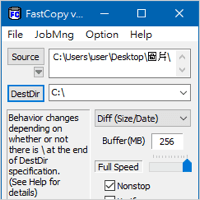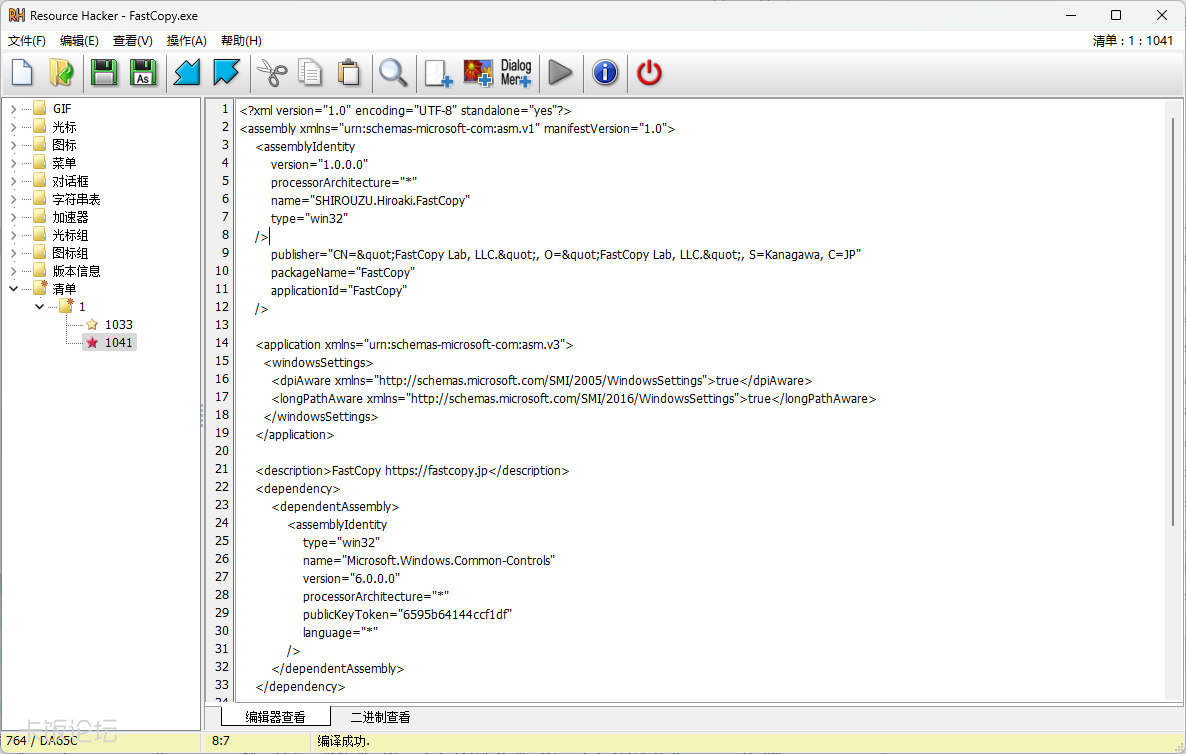

With this release, Apple dropped support for the iPhone 4 due to performance issues, and the Apple TV (2nd generation) due to hardware limitations. iOS 5Īpple announced iOS 8 on June 2, 2014, at its annual Apple Worldwide Developers Conference (WWDC) event, and it was released to the public on September 17, 2014, alongside the iPhone 6 and iPhone 6 Plus. It was succeeded by iOS 5 on October 12, 2011. The release of iOS 4.3 added support for the iPad 2. The release of iOS 4.2.1 brought compatibility to the original iPad and was the final release supported on the iPhone 3G and 2nd generation iPod Touch due to significant performance issues. This was also the first major release to be free of charge for iPod Touch users. For example, both devices lacked multitasking, and the ability to set a custom home screen wallpaper. The iPhone 3G and the second generation iPod Touch were capable of running iOS 4, but had more limited features. With this release, Apple dropped support for the original iPhone and the first generation iPod Touch, which is the first time Apple had dropped support for any device in an iOS release. It was the first version of the operating system to be called "iOS", due to the iPad being released. iPhone OS 2Īpple announced iOS 4 in April 2010, and released it to the public on June 21, 2010, alongside the iPhone 4. It was succeeded by iPhone OS 2 on July 11, 2008. iPhone OS 1.1.4 is the final version of iPhone OS 1 for the first generation iPhone, with iPhone OS 1.1.5 being the final version of iPhone OS 1 available for the first generation iPod Touch. IPhone OS 1.1 was the first version supported by the first generation iPod Touch.

It also lacked support for third-party native apps, and only supported web apps, which was criticized by reviewers and developers, including John Carmack. IPhone OS 1 was criticized for its lack of support for Adobe Flash web content, copy and paste, and Bluetooth stereo headphones.

A number of different user interfaces were prototyped, including one that involved a multi-touch click-wheel. Many on the team were skeptical of the feasibility of a touchscreen keyboard, and believed that users would prefer hardware keyboards. During the development phase of iPhone OS 1, "probably 16, 17 different concepts" were developed. No official name was given when the iPhone was released, and Steve Jobs just said "iPhone runs OS X". Apple announced iPhone OS 1 at the iPhone keynote on January 9, 2007, and it was released to the public alongside the first-generation iPhone on June 29, 2007.


 0 kommentar(er)
0 kommentar(er)
